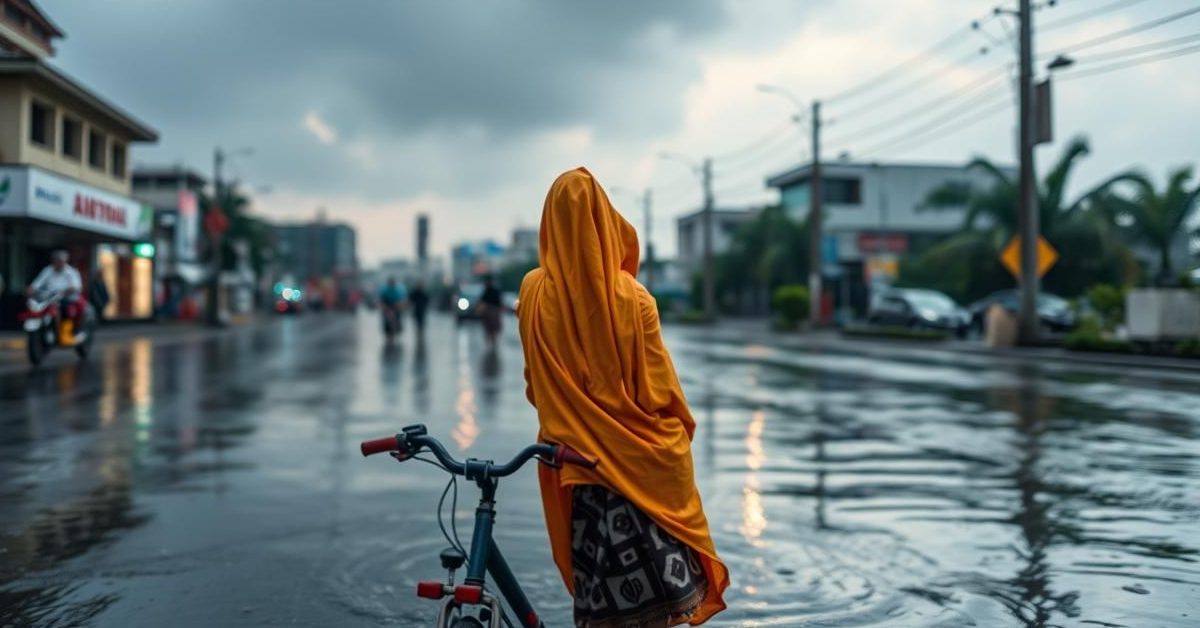Indian cities are on track to become major job creators by 2030 but face severe climate risks, with a new World Bank report highlighting the urgent need for greater autonomy to tackle floods and extreme heat.
The Critical Role of Indian Cities
India’s urban centers are set for massive growth. The World Bank projects the country’s urban population will nearly double to 951 million by 2050. By 2030, cities are expected to generate a staggering 70 percent of all new employment in India.
However, this rapid urbanization comes with significant climate challenges. Cities are increasingly vulnerable to the impacts of floods and extreme heat, which could lead to substantial economic losses and human suffering.
Empowering Cities for Climate Action
According to Auguste Tano Kouame, the World Bank’s Country Director for India, cities need more decision-making power to effectively invest in climate change adaptation and mitigation. He noted that urban areas with greater autonomy have consistently performed better.
This discussion often circles back to the 74th Constitutional Amendment Act of 1992, which aimed to strengthen Urban Local Bodies (ULBs). Despite its importance, many states have yet to fully implement its provisions, limiting local self-governance.
Kouame suggests that some form of this autonomy, tailored to local conditions, is essential. Empowered cities can better mobilize resources, monetize assets, increase revenue streams, and improve accountability for climate-related initiatives.
Understanding the Rising Climate Risks
The report, “Towards Resilient and Prosperous Cities in India,” identifies two major threats: flooding and extreme heat.
Growing Flood Vulnerability
Flood risk is increasing rapidly. Cities are expanding into flood-prone areas, and the proliferation of concrete structures and paving reduces the ground’s ability to absorb rainwater, leading to more pluvial (surface) flooding.
If cities don’t invest in adaptation, annual pluvial flood-related losses could reach $5 billion by 2030 and a staggering $30 billion by 2070. Addressing this requires significant investment; a conservative estimate to support 60 percent of high-risk cities with flood resilience measures over the next 15 years is $150 billion.
The Threat of Extreme Heat
Exposure to dangerous extreme heat stress has surged by 71 percent in 10 large Indian cities between 1983-1990 and 2010-2016. The “urban heat island” effect, where concrete and roads absorb and release heat, further exacerbates this problem, making cities warmer, especially at night.
The report warns that heat-related deaths could double to over 300,000 annually by 2050 due to global warming and the urban heat island phenomenon. However, measures like shifting working hours, urban greening, early warning systems, and cool roofs could save over 130,000 lives.
A Roadmap for Resilient Futures
To build climate-resilient infrastructure and services, Indian cities will require an estimated $2.4 trillion by 2050. The World Bank report outlines several recommendations for both national and city-level interventions.
At the national and state levels, key steps include boosting private sector engagement, creating a clear financing roadmap, and setting standards to enhance municipal capacities. For cities, the focus is on thoroughly evaluating climate risks and mobilizing capital, including private investment, to support crucial mitigation and adaptation efforts.
- Indian cities are projected to create 70% of all new jobs by 2030.
- They face potential annual flood losses of $5 billion by 2030 without adaptation.
- Greater autonomy for urban local bodies is crucial for effective climate change investment.
- Over 300,000 heat-related deaths could occur annually by 2050 if mitigation efforts are not implemented.
These strategic investments and policy shifts are vital to ensure India’s urban centers can not only drive economic growth but also withstand the escalating challenges posed by climate change.














